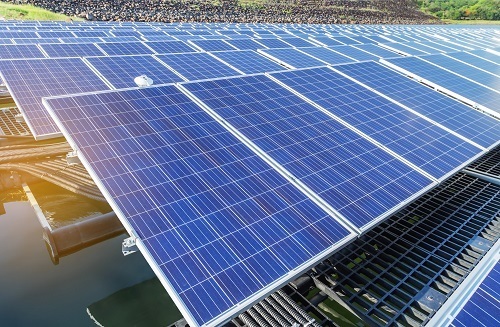Most solar panels are blue due to polycrystalline cells' production from several silicon crystals and the distinctive anti-reflective coating on the panels used to improve light absorption.
However, some blues are technically black, according to their respective manufacturing procedures.
Technically, the color black is proven to absorb the maximum amount of light.
However, most solar panels are blue in color, since polycrystalline panels comprise the majority.
This is why most people will remember an image of numerous blue rectangular panels on hearing the term' solar.'
We'll look at these things in the subsequent paragraphs.
Panel color is essential to understand, because it can help you determine the sort of panel used.
Silicon: The Blue-Black Building Block
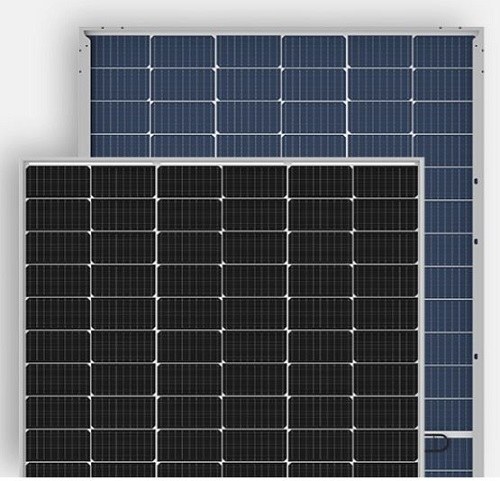
Solar panel color totally depends on the material they are made from.
The first-ever solar cells used selenium and silver chloride.
However, nearly all technically used PV cells today are manufactured from silicon.
Silicon is a delicate element and the eighth-most abundant in the world, though somewhat rare in its pristine form.
Silicon (Si) and its compounds are used in many applications such as glass, cement, electronics components, etc.
A semiconductor material, Si has a blue tint by itself - which is why most solar panels appear blue - and a metallic greyish luster.
Silicon cells come in three major types, depending on the technique of manufacturing.
The most common form is a polycrystalline or multi-crystalline cell, made from several small silicon crystals.
This kind of cell has a noticeable blue color to it.
The next kind is monocrystalline, made from one big silicon crystal. Mono cells have a black or nearly black color to it.
There are additional, lesser-used types like thin films, which are also near black in color.
The reason most solar panels are blue is the popular use of polycrystalline solar panels worldwide.
Anti-Reflective Coating
As you can guess from the title, an anti-reflective coating is a layer over the panel, which reduces the reflection of incident sunlight.
This implies maximum light enters the cells and panel, and the minimal is lost, so efficiency is enhanced.
AR coatings, however, change how light waves interact with the glass surface of the panel.
This can make darker panels look slightly more bluish in color.
Efficiency and Color
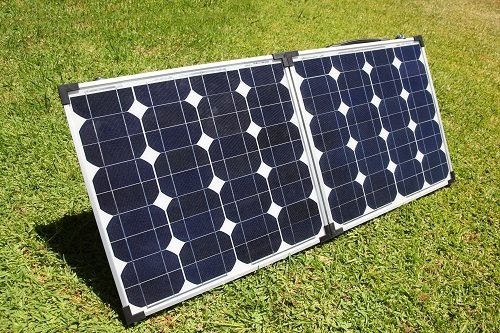
Despite polycrystalline panels' stronghold on the market, black still remains the most efficient color.
Some other upcoming technologies like CIGS thin-film also create pitch black panels but are pricey.
To keep the price in range when making the color blacker, some companies have come up with AR coatings that don't add to the blue color.
Color and Aesthetics
According to lots of people, access to clean and free energy outweighs the apparent change in a building's looks.
But not everyone believes that.
For some reason, some homeowners feel wary of getting rows of blue rectangular plates on their rooftops.
To solve this issue, many companies have come up with cool new solutions.
One of these is the growth of nanotube patterns that provide panels a green color. It comes at a small cost in efficiency.
Other suppliers are adding pixelated printed patterns that let any color to be printed on the glass.
This allows matching colors with the building outside or merely having fun and multicolored looking array.
Moving a step further, it has also become possible to publish pictures on solar panels, transforming panels to potential advertisement sheets.
Although it should be kept in mind that this will always result in some extent of efficiency reduction, around 10%.
Black Or Blue Panels: Which One Is Best For Your Home?
The differences between black and blue solar panels on the market today go far beyond their aesthetic and color appeal.
In fact, solar panel color implies the grade of silicon it is made from.
Here's a quick summary that will assist you in picking the best one for your property:
Black Monocrystalline Solar Panels
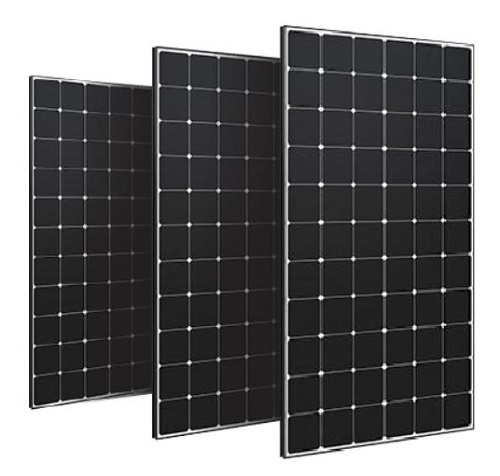
Blue/Polycrystalline Solar Panels
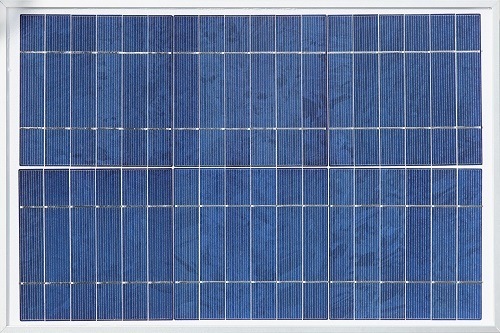
Conclusion
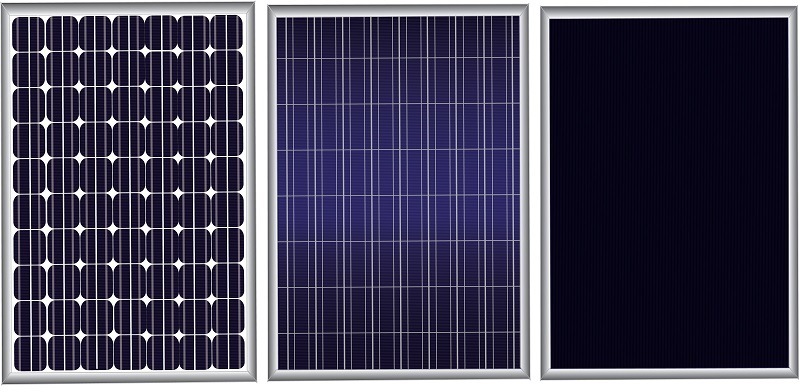
Not all panels are blue, but the most popular ones are - due to the result of the AR coating and polycrystalline silicon used in their construction.
As technology advances, the color of solar panels may change towards black in favor of greater efficiency, as mono crystalline prices continue to fall.
However, if your preference is aesthetics more than the efficiency, then colored or photo-printed panels are an exciting trend to investigate.

